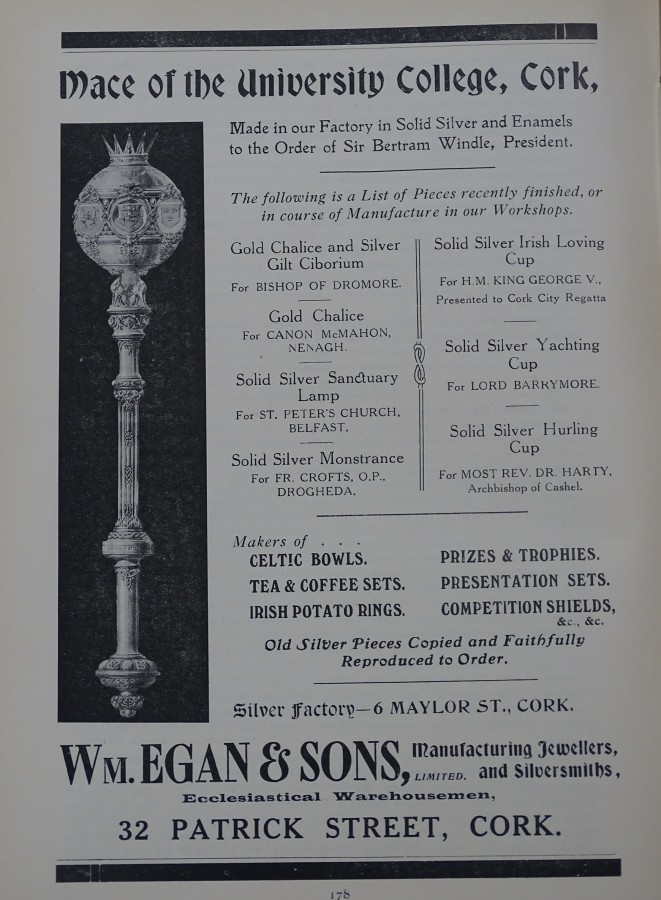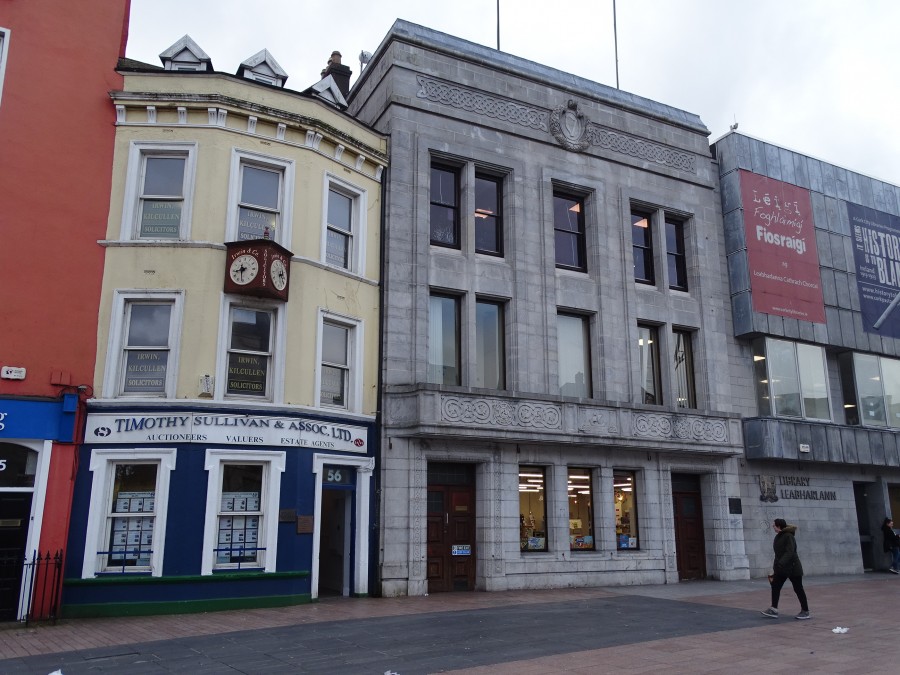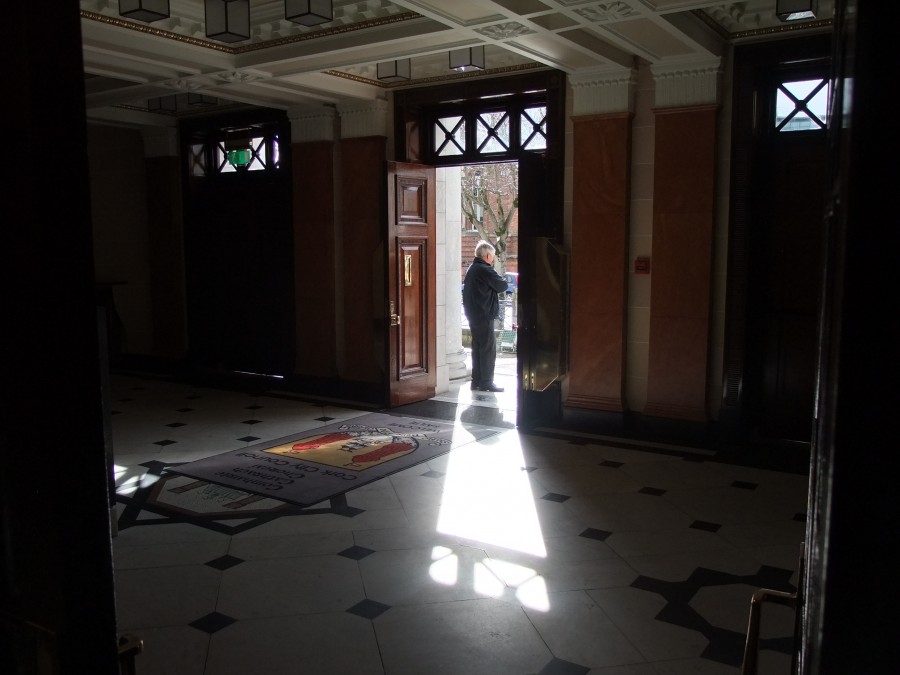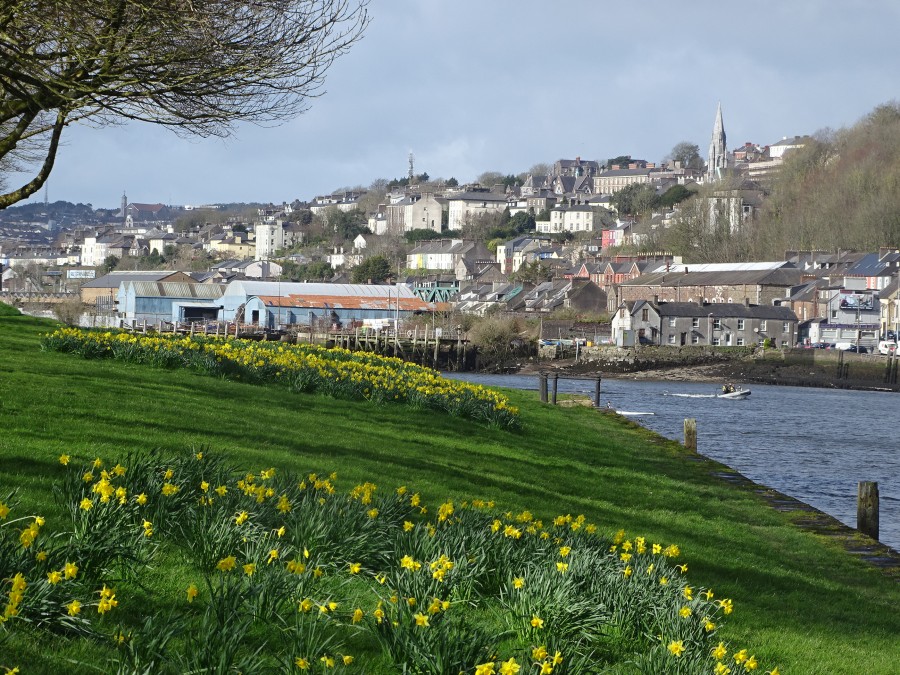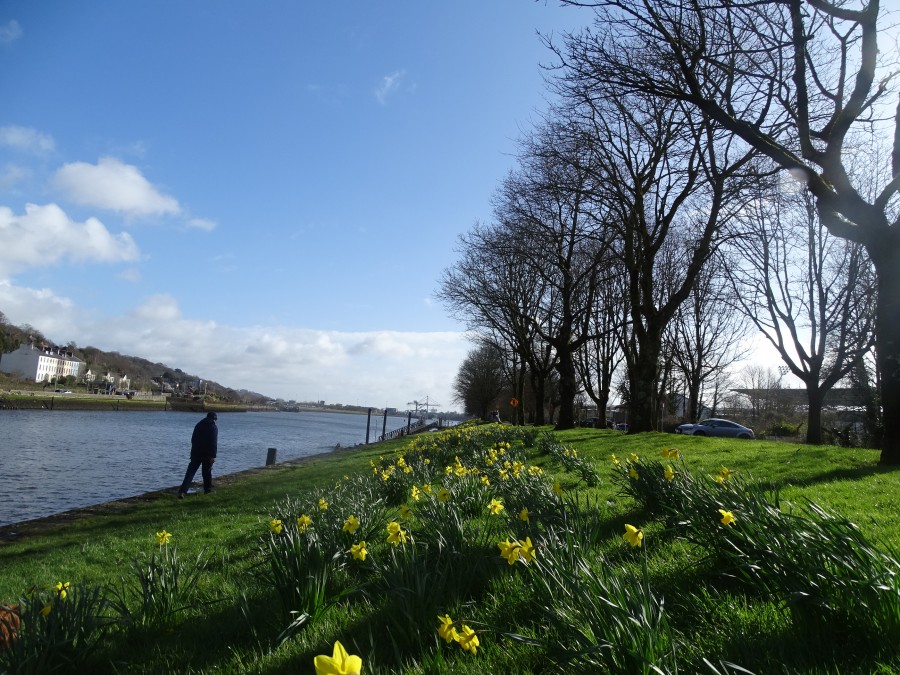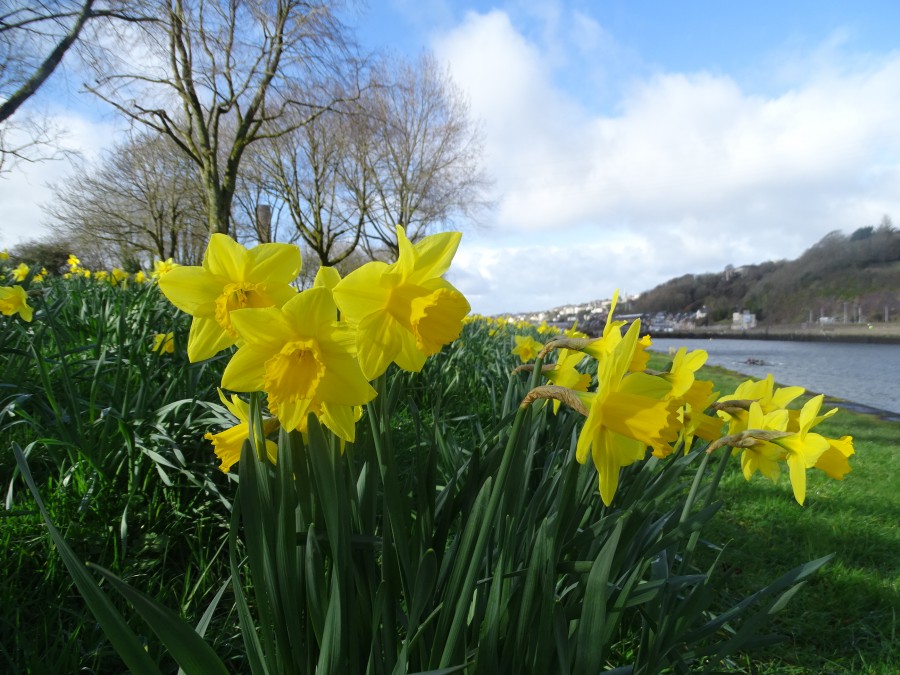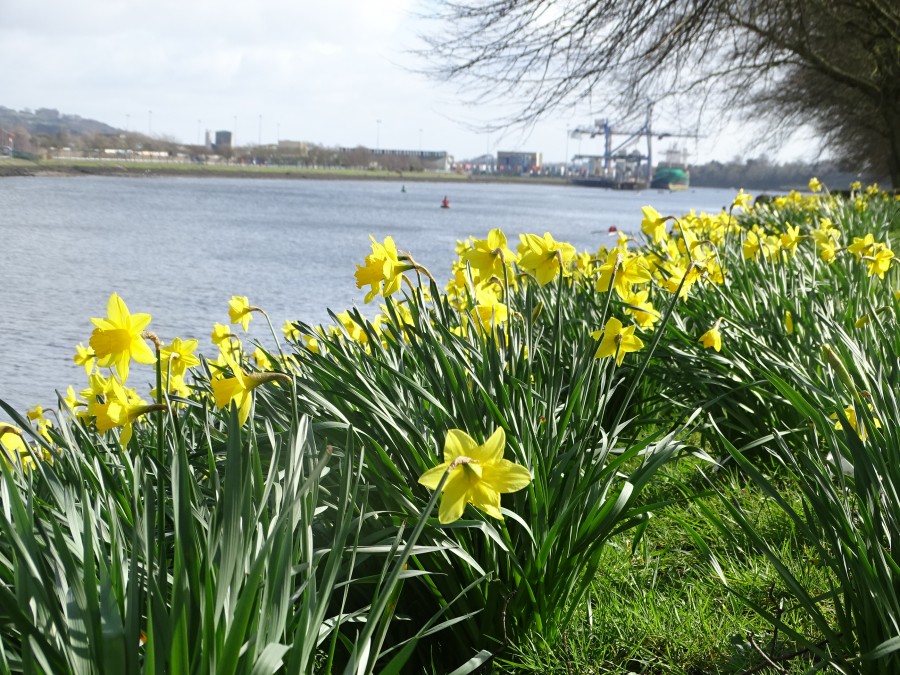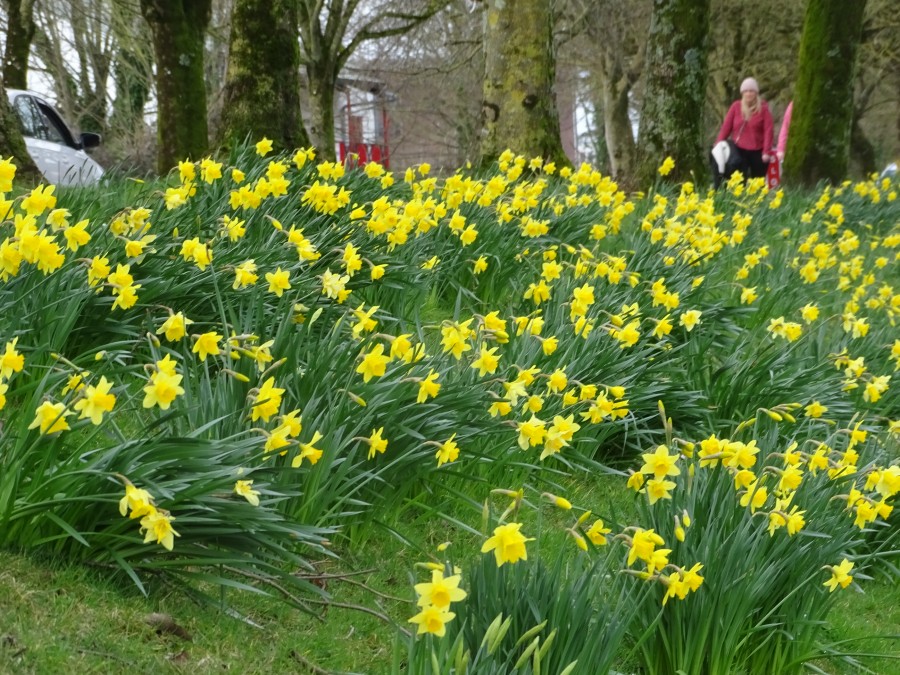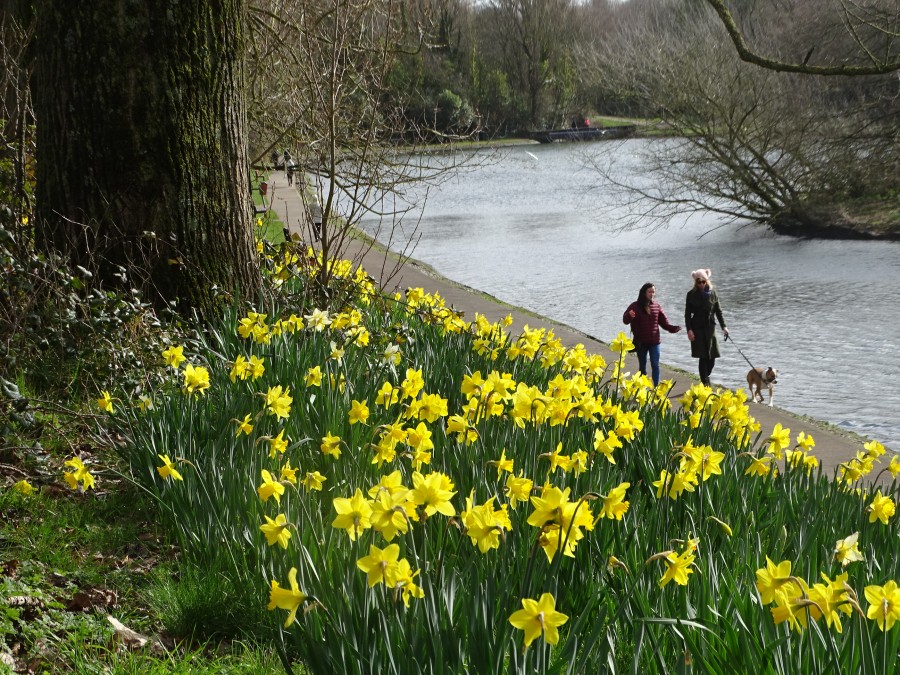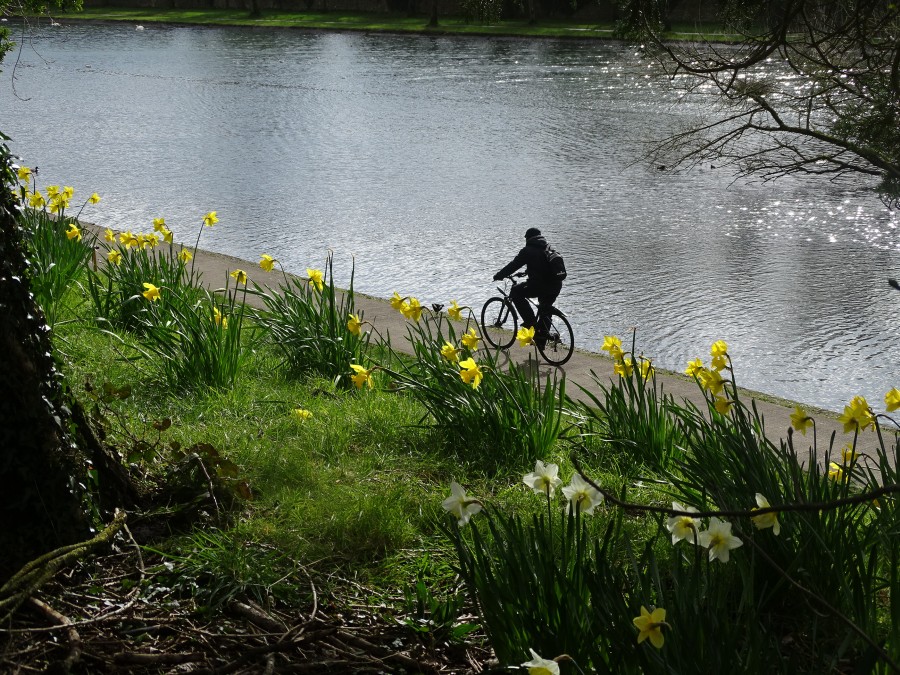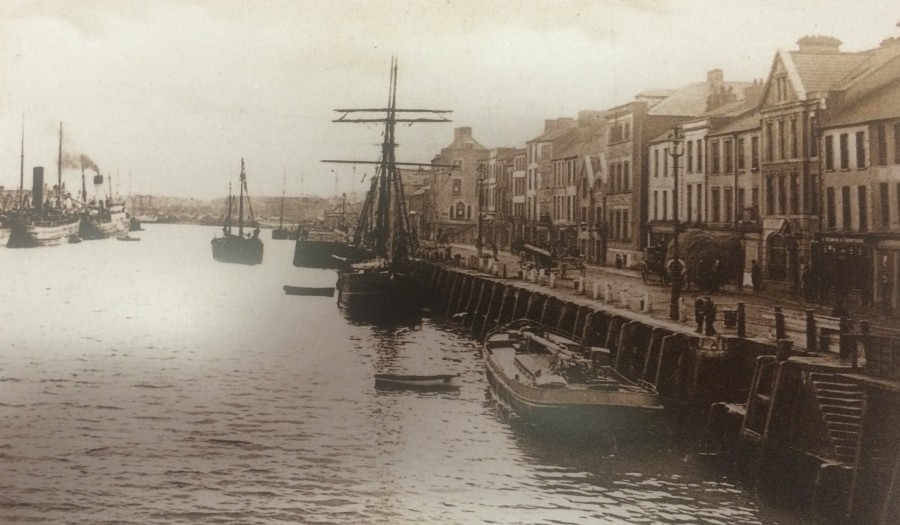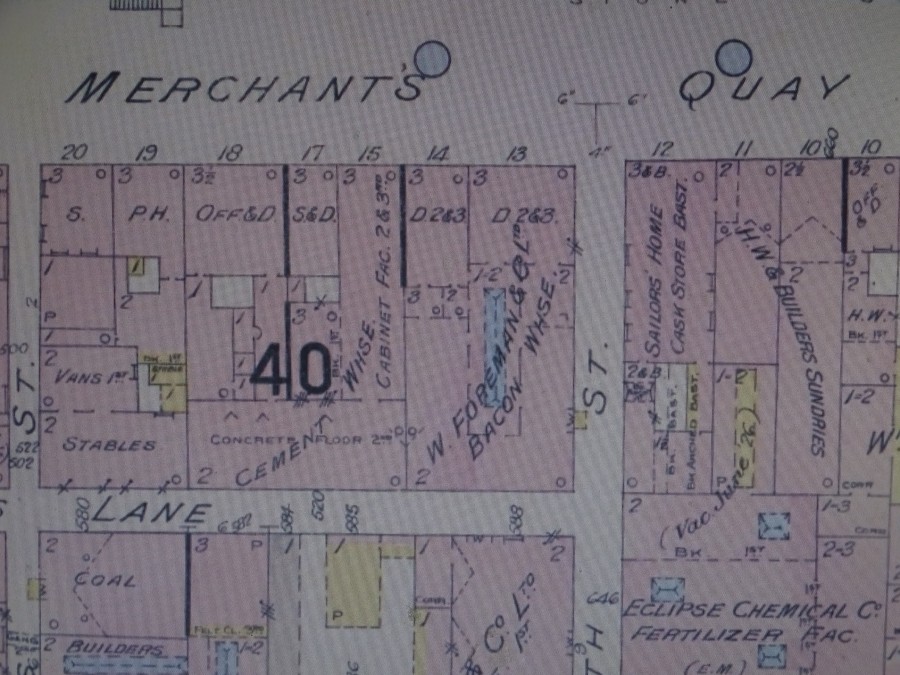This situation is moving quickly and this information is correct as of this morning but will no doubt continue to be updated in the days ahead.
Pensions
For those unable to collect pensions, they can nominate someone to act on their behalf and collect the pensions for them. An Post have provided the form at this link https://www.anpost.com/AnPost/media/PDFs/Appointment-of-Temporary-Agent.pdf
Travel
As with everything, this is a very fast moving situation and travel advice and guidelines from the Department is being updated regularly.
If you have constituents in Spain, please advise them to travel home as soon as possible, the Department of Foreign Affairs have worked with Spanish Authorities and the airlines to ensure extra capacity is available for Irish Citizens, but they have strongly urged all citizens to make arrangement to fly home by midnight on Thursday.
The Department of Foreign Affairs have a dedicated page which is being updated with travel advice and guidelines https://dfa.ie/travel/travel-advice/coronavirus/
As of this morning the situation for travel is
Do not travel – Italy
Avoid non-essential travel – Argentina, Belize, Bolivia, Brazil, Cambodia, Chile, China, Colombia, Costa Rica, Cuba, Cyprus, Czech Republic, Denmark, Dominica, Dominican Republic, Ecuador, El Salvador, French Guiana, Grenada, Guadeloupe, Guatemala, Guyana, Honduras, Iran, Laos, Malta, Mexico, Morocco, Nicaragua, Panama, Paraguay, Peru, Poland, Spain, Slovakia, Suriname, Uruguay, Venezuela, Vietnam
The United States
The United States Embassy in Dublin is now operating on a limited capacity, only processing emergency services for U.S. citizens and emergency visa processing.
The J1 Visa programme has also been suspended for 90 Day. I am working to get clarity on this situation as I have been contacted by a number of families for details on this.
Social Welfare
A new special social welfare payment has been created for all those left unemployed by Covid 19, this includes those who are self-employed. It is a simple 1 page form that must be downloaded and sent back into the social welfare office through free post at PO BOX 12896 Dublin 1. If people have a verified MyGovId they can apply for this online. The link below is to the form and full details on the payment.
The Department of Employment Affairs and Social Protection (DEASP) has published information on coronavirus for employers and employees.
It includes recommendations for employers to help support the response to the virus. It also includes information about changes to the Illness Benefit and Supplementary Welfare Allowance rules. These changes require legislation, which is expected to be passed by the Dáil on Thursday 19th March and Seanad on Friday 20th March.
Full details on this are available at https://www.gov.ie/en/publication/99104a-covid-19-coronavirus/ this will continue to be updated as the situation progresses
